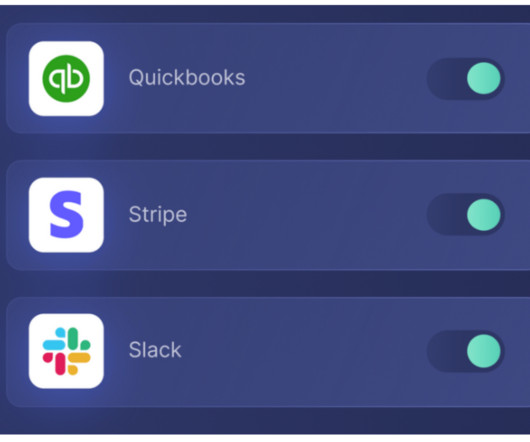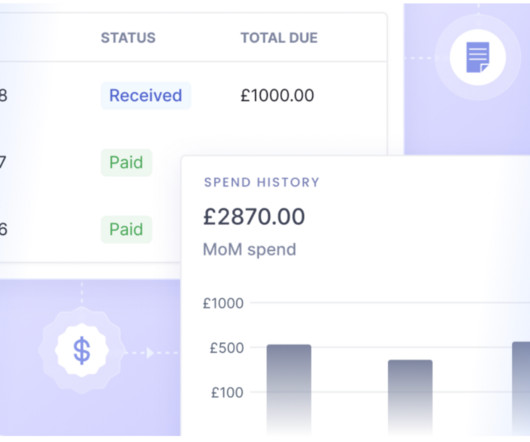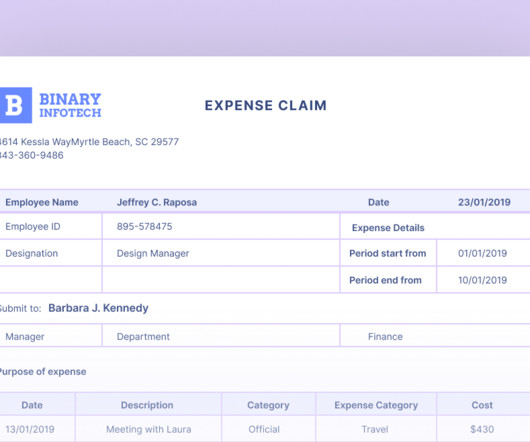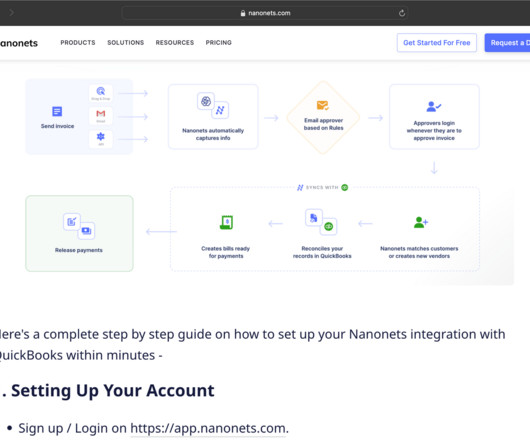How to set up financial document automation
Nanonets
SEPTEMBER 18, 2024
They are responsible for vendor payments, maintaining transaction records, auditing, taxation, and regulatory compliance. Automating document processing allows these firms to quickly extract financial data from various sources, perform audits with fewer manual steps, and generate reports automatically.












Let's personalize your content